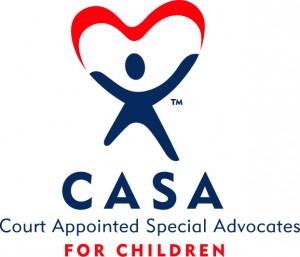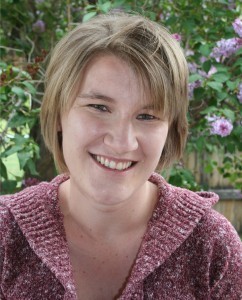(In a previous post, we met Rachel and followed the first part of her journey. In this second installment, we will continue to look at Rachel as a case study and interject ways in which faith communities can reach out to these precious children that are slipping through the cracks. There is a great deal that the church can and should do to “stand in the gap” for those that are most vulnerable in our social service and mental health systems. God is calling us to do more than assume the State or some governmental agency will take care of our children. Think about how strongly you would advocate for these children were they your own children and grandchildren! Thank you, Chaplain Chris Haughee)
Rachel and her siblings were placed in foster care, alongside 1,800 other Montana children. Her brother was six, she was four, and her sister was not quite two. Her parents were given a court ordered treatment plan to address their substance abuse and mental health needs. Rachel remained in foster care for two years. During this time, she had 3 different caseworkers. Each time the worker changed, phone calls went unreturned, court deadlines were delayed, and a bit more of Rachel’s story was lost. How could the faith community have helped Rachel while she was brand new “in the system?”
- Learn about challenges facing Child Protective Services and current legislation to address training and
 financial shortfalls.
financial shortfalls.
- Increase your congregation’s awareness and support of the Court Appointed Special Advocate (CASA) program. Often a child’s CASA is the only person that remains with them throughout their foster care journey.
While waiting for a decision to be made about her future, Rachel lived in 3 different foster homes. She was in her first foster home for 2 months before her dad showed up one night in the yard. He was clearly intoxicated or high on drugs and was threatening to kill the family for “stealing his kids.” Rachel was immediately placed in a new foster home, and stayed there for 9 months before the foster family moved out of state. Her third foster home only had room for Rachel and her younger sister. Her brother was placed in a group home. How might have the church made a difference for Rachel and her siblings during these tumultuous years?
- Set up a table in your building with information about how to become a foster parent.
- Promote opportunities for foster family training by offering your space to local agencies and posting fliers about local trainings. Even existing foster parents are often unaware of training available and find themselves unequipped and overwhelmed by the children in their home.
- Create dedicated bible studies or small groups for adults who are foster parenting or raising extended family members (kinship care). It can be a very isolating experience and safe communities are crucial.
We’ll continue to learn more about Rachel’s story and what we can all do to help children at risk in following posts. If you are anxious to get started educating yourself and your faith community about ACEs, click here for some ideas Chaplain Chris has come up with!
 Note: Crystal Amundson LCPC, RPT-S runs a private practice in Helena, Montana, where she works as a child play therapist. Crystal specializes in Play Therapy, working with children ages 2-12, alongside their caregivers. She is a previous employee and current board member at Intermountain. Her passion and expertise is in the field of early childhood mental health.
Note: Crystal Amundson LCPC, RPT-S runs a private practice in Helena, Montana, where she works as a child play therapist. Crystal specializes in Play Therapy, working with children ages 2-12, alongside their caregivers. She is a previous employee and current board member at Intermountain. Her passion and expertise is in the field of early childhood mental health.

 Click here to subscribe to our RSS feed with your favorite email client and be alerted to new articles.
Click here to subscribe to our RSS feed with your favorite email client and be alerted to new articles.